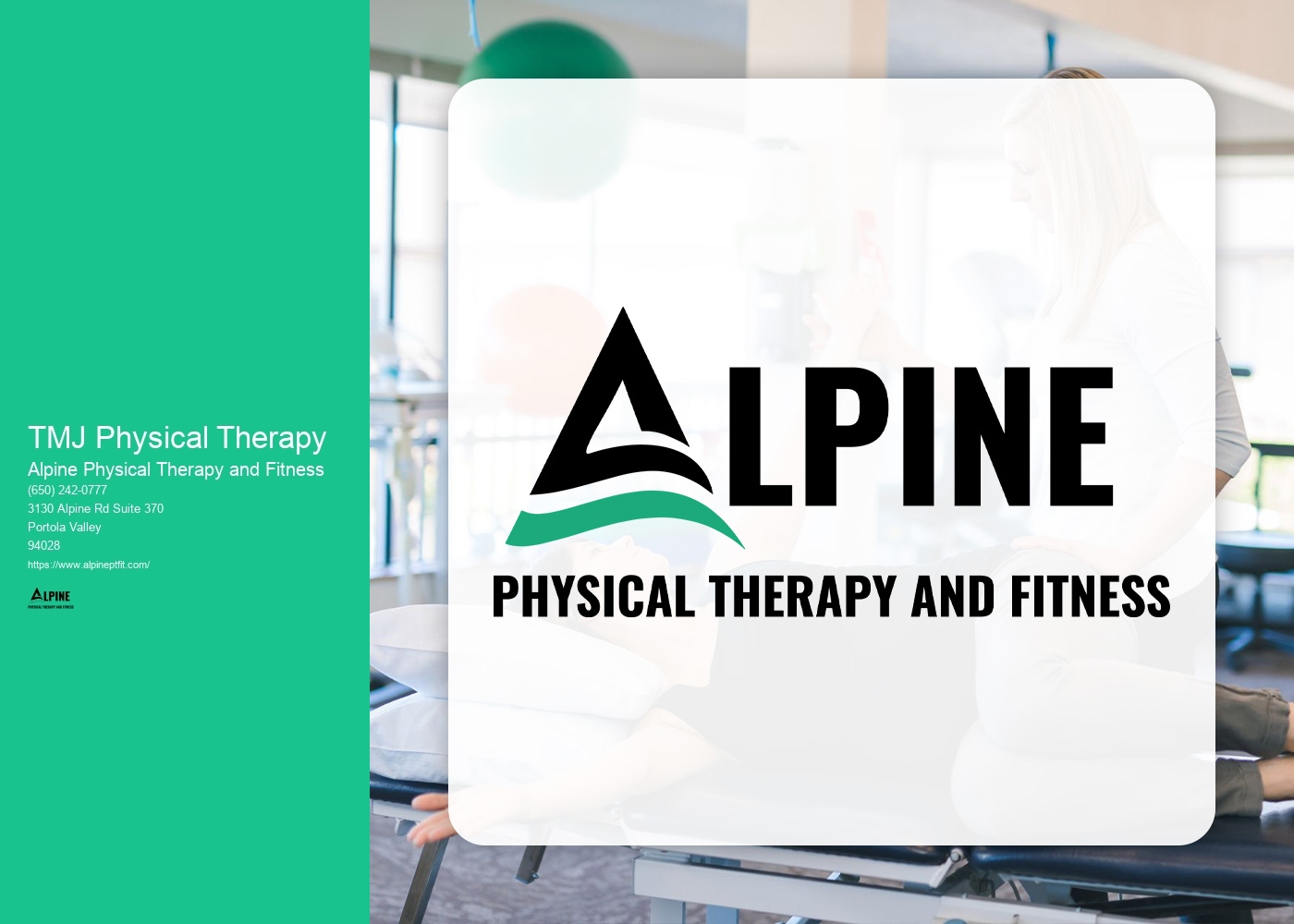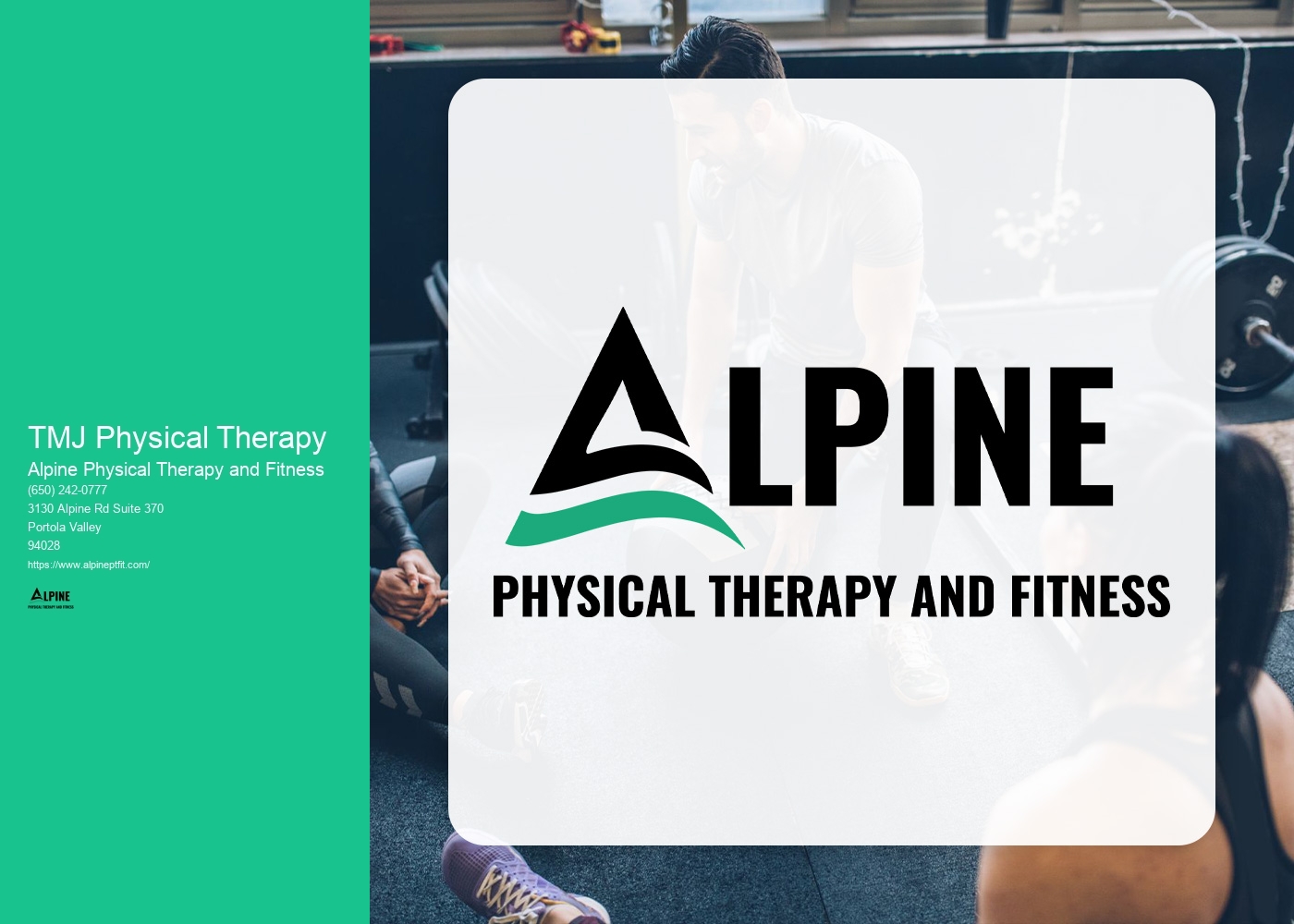

TMJ physical therapy is a specialized form of therapy that focuses on treating temporomandibular joint (TMJ) disorders. It involves a combination of exercises, manual therapy techniques, and education to help alleviate pain and improve the function of the jaw. The goal of TMJ physical therapy is to address the underlying causes of TMJ disorder, such as muscle imbalances, joint dysfunction, and poor posture, in order to restore normal jaw movement and reduce pain.
TMJ physical therapy can help with jaw pain by targeting the muscles, ligaments, and joints that are involved in jaw movement. Through exercises and manual therapy techniques, physical therapists can help improve the strength and flexibility of the jaw muscles, reduce muscle tension, and restore proper alignment of the jaw joint. This can help alleviate pain, improve jaw function, and reduce the frequency and intensity of jaw-related symptoms.
Common symptoms of TMJ disorder include jaw pain or tenderness, clicking or popping sounds when opening or closing the mouth, difficulty or discomfort while chewing, headaches, earaches, and facial pain. Some individuals may also experience neck pain, shoulder pain, or limited jaw movement. TMJ physical therapy aims to address these symptoms by targeting the underlying causes of the disorder and promoting proper jaw function.

TMJ physical therapy is typically not painful. Physical therapists use gentle techniques and exercises to gradually improve jaw function and reduce pain. They may also use manual therapy techniques, such as soft tissue mobilization or joint mobilization, to help release tension and improve joint mobility. While some individuals may experience temporary discomfort during certain exercises or techniques, the overall goal of TMJ physical therapy is to provide relief and improve quality of life.
The duration of TMJ physical therapy treatment can vary depending on the individual and the severity of their TMJ disorder. In general, treatment may last anywhere from a few weeks to several months. The frequency and duration of therapy sessions will be determined by the physical therapist based on the individual's specific needs and goals. It is important to follow the recommended treatment plan and attend all scheduled therapy sessions to achieve the best possible outcomes.

There are several exercises and stretches that individuals can do at home to help with TMJ. These may include gentle jaw stretches, tongue exercises, and relaxation techniques to reduce muscle tension. It is important to consult with a physical therapist or healthcare professional before starting any exercises to ensure they are appropriate for your specific condition. A physical therapist can provide guidance on proper technique and progression of exercises to maximize their effectiveness.
Physical therapy can play a crucial role in the recovery of a soccer player with a hamstring strain. The therapist will design a personalized treatment plan that focuses on reducing pain, promoting healing, and restoring function. This may include a combination of manual therapy techniques, such as soft tissue mobilization and joint mobilization, to improve flexibility and range of motion. Additionally, therapeutic exercises will be prescribed to strengthen the hamstring muscles and surrounding muscles, improving stability and preventing future injuries. The therapist may also incorporate modalities like heat or ice therapy, electrical stimulation, and ultrasound to further aid in pain relief and tissue healing. Through regular physical therapy sessions, the soccer player can expect to regain strength, flexibility, and endurance, allowing them to return to the field safely and confidently.
Physical therapy plays a crucial role in the post-hip replacement rehabilitation process for seniors. It is a specialized form of rehabilitation that focuses on restoring mobility, strength, and function to the hip joint. Physical therapists use a variety of techniques and exercises to help seniors regain their independence and improve their quality of life. These may include range of motion exercises, strengthening exercises, balance training, gait training, and pain management techniques. The goal of physical therapy is to help seniors regain their ability to perform daily activities, such as walking, climbing stairs, and getting in and out of a chair, with minimal pain and discomfort. Additionally, physical therapy can help prevent complications such as muscle weakness, joint stiffness, and falls, which are common after hip replacement surgery. By working closely with physical therapists, seniors can achieve optimal outcomes and successfully return to their normal activities.
Physical therapy can indeed improve performance in professional athletes. By addressing specific injuries or imbalances, physical therapists can help athletes regain strength, flexibility, and range of motion, allowing them to perform at their best. Through targeted exercises and techniques, physical therapy can also enhance an athlete's overall conditioning, endurance, and agility. Additionally, physical therapists can provide guidance on injury prevention strategies, helping athletes avoid future setbacks and maintain optimal performance. With their expertise in biomechanics and movement analysis, physical therapists can tailor treatment plans to the unique needs of each athlete, maximizing their potential and minimizing the risk of re-injury. Overall, physical therapy plays a crucial role in optimizing performance and ensuring the long-term success of professional athletes.
Physical therapy can play a crucial role in addressing chest pain in patients with angina. Through a comprehensive approach, physical therapists aim to improve cardiovascular health, reduce symptoms, and enhance overall quality of life. They may employ various techniques such as aerobic exercise, strength training, and flexibility exercises to improve heart function, increase blood flow, and reduce the workload on the heart. Additionally, physical therapists may provide education on proper breathing techniques, stress management, and lifestyle modifications to help manage angina symptoms. By tailoring treatment plans to individual needs, physical therapy can effectively alleviate chest pain and improve the overall well-being of patients with angina.
Physical therapy plays a crucial role in managing intervertebral disc herniation. Through a combination of targeted exercises, manual therapy techniques, and patient education, physical therapists aim to alleviate pain, improve mobility, and enhance overall function. Specific exercises may include core strengthening, stretching, and postural correction, which help to stabilize the spine and reduce pressure on the affected disc. Manual therapy techniques, such as spinal mobilization and traction, can also be employed to relieve pain and restore proper alignment. Additionally, physical therapists provide education on proper body mechanics and ergonomics to prevent further injury and promote long-term spinal health. By addressing the underlying causes and symptoms of intervertebral disc herniation, physical therapy can significantly contribute to the management and recovery of this condition.